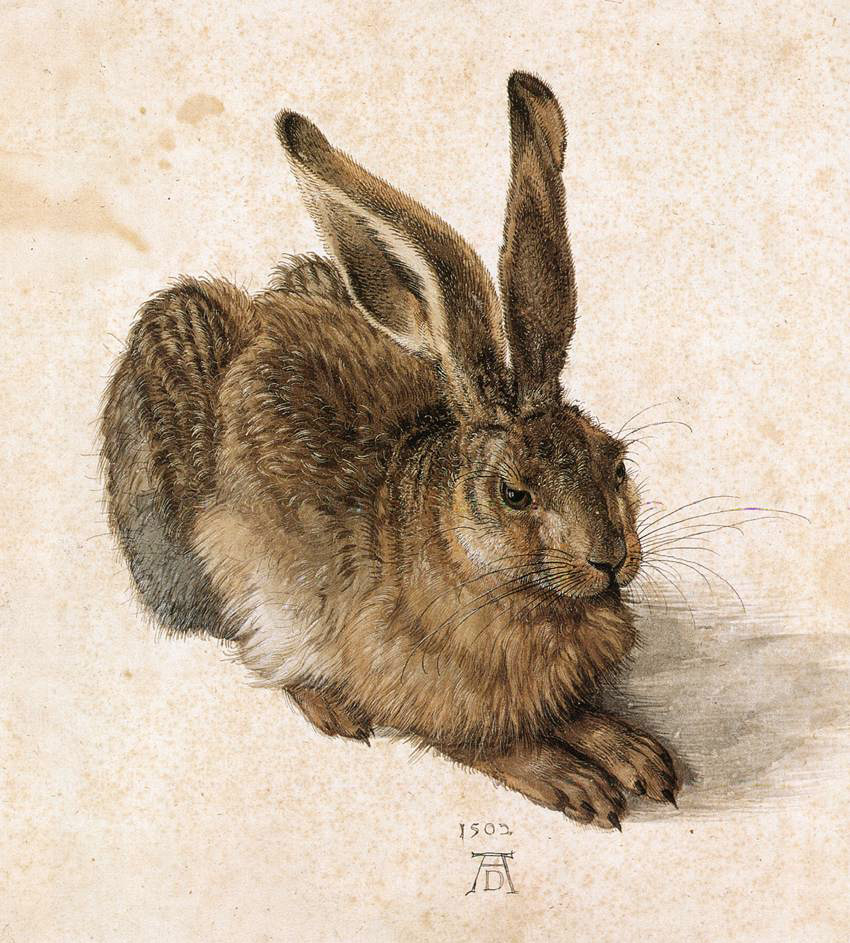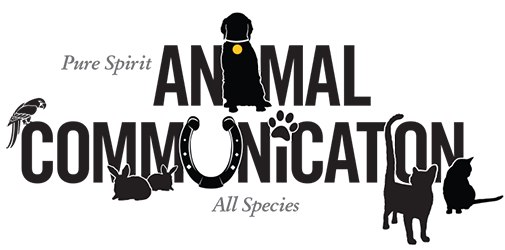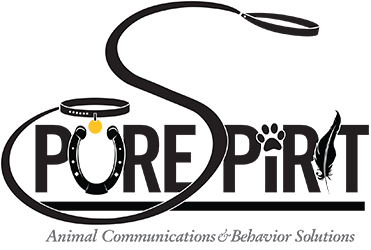
Hare
Although hares and rabbits look similar, they have very different symbolism. A hare is bigger than a rabbit, has longer ears, and possesses more powerful hind legs. The two most abundant kinds are the European Brown Hare and the Snowshoe Hare. The Snowshoe Hare is strongly linked to the Snowy Owl population, such that when hare populations are down, the owls stop breeding, and even die from starvation. The hare is more solitary and tougher than the rabbit. Hares don’t live in warrens or have maternity nests. The young hares are born so well-developed that they can fend for themselves within a few hours of their birth.
The hare is associated with a number of myths from many different cultures. The Algonquin tribe honored the Great Hare as a demiurge, a role in the creation of the world. The Egyptians also saw the hare involved in a creation story. For them, the hare came to mean procreation, and then immorality. While the hare is often associated with impatience and haste (like the “Tortoise and the Hare” fable), it’s important to note that other cultures, like the Goths, saw the hare as fleet and swift, and symbols of diligence. This reflects the attitudes of medieval hunters, who viewed hares as a challenge to catch.
Hare people are considered sensitive and artistic, and also linked with ambition, fitness, and virtue. However, the hare is not just associated with positive things. Hares are also thought of as greedy and selfish, even a bad example for people. Hare is seen as a jokester, linked with trickery and fraud. Even those with hare medicine are clever, often unreliable, and frequently thinking of themselves.
Although hare has some qualities that are less than redeeming, there are things he can teach us. Because they move in leaping and hopping motions, those with rabbit and hare totems can expect changes in their own lives in the same kind of movement. Hare can also aid people in recognizing the signs around them by attuning to lunar cycles and understanding the tides of movement in their own lives.
Information from Ted Andrews's Animal-Speak, Jessica Dawn Palmer's Animal Wisdom, and Steven D. Farmer's Power Animals.

